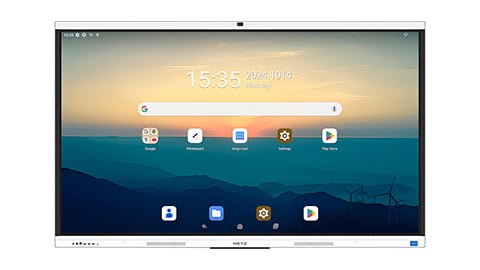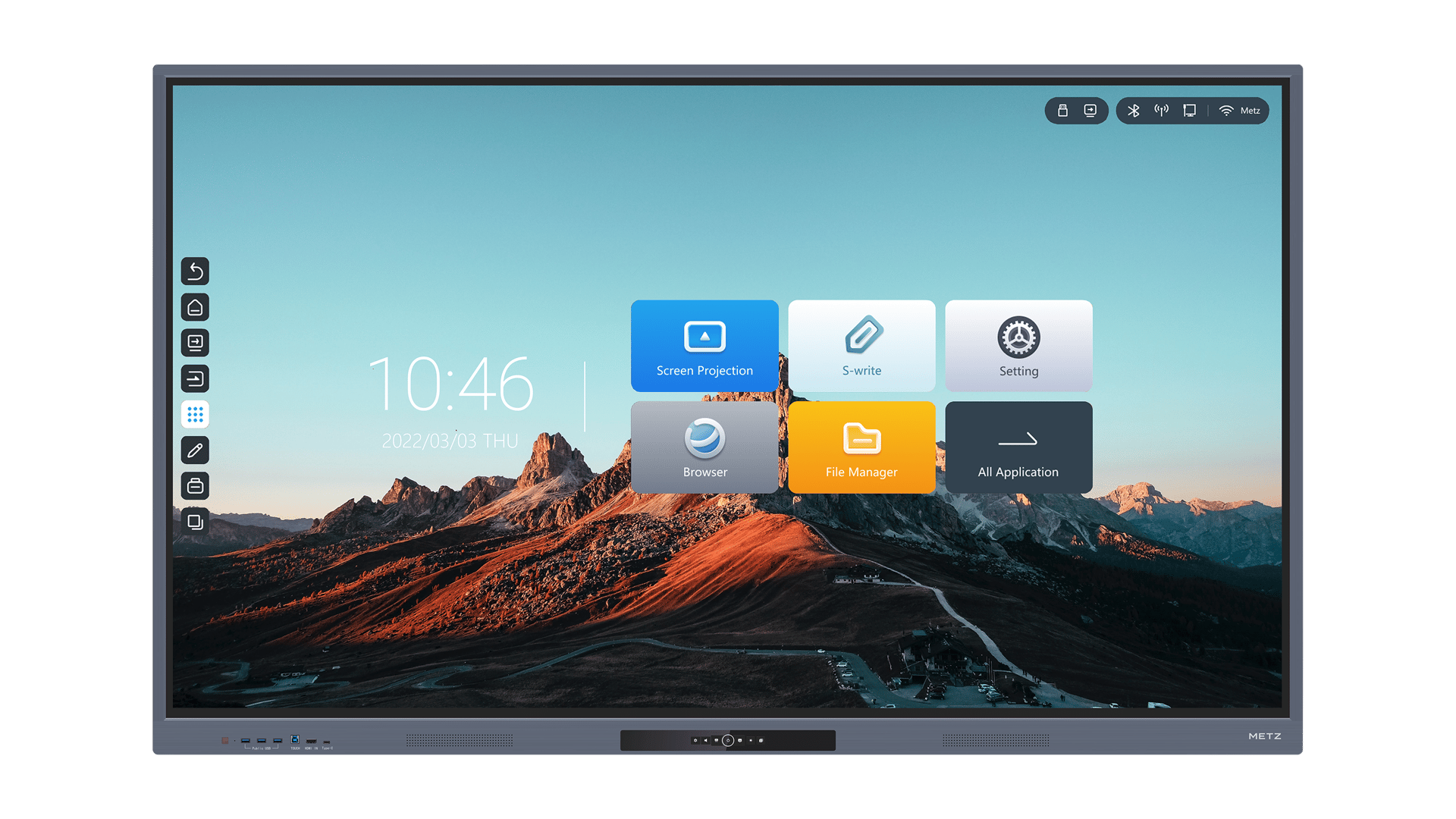Introduction
Electronic interactive displays have revolutionized the way we interact with technology, and Arduino has played a significant role in making this possible. In this article, we will explore the exciting world of electronic interactive displays and how Arduino enhances their functionality.
Understanding Electronic Interactive Displays
Electronic interactive displays refer to screens or panels that are capable of receiving input from users and providing an output in response. These displays can be found in various devices, including smartphones, tablets, smart TVs, gaming consoles, and even public information kiosks. The key feature of these displays is their ability to respond to user interactions, allowing for a more engaging and immersive experience.
Advantages of Electronic Interactive Displays
Electronic interactive displays offer numerous advantages over traditional displays. Firstly, they provide a more intuitive and user-friendly interface, making it easier for users to navigate through menus, applications, and content. Secondly, these displays enable multi-touch functionality, allowing users to interact with the screen using multiple fingers simultaneously. This feature is particularly useful in gaming and design applications.
The Role of Arduino in Electronic Interactive Displays
Arduino, an open-source electronics platform, has become a popular choice among developers and hobbyists for creating interactive displays. Arduino boards are equipped with microcontrollers that can be programmed to control various components of an interactive display, such as touch sensors, LEDs, and LCD screens. The flexibility and versatility of Arduino make it an ideal platform for prototyping and designing innovative interactive displays.
Creating Touch-Sensitive Displays with Arduino
Arduino can be used to add touch functionality to any display, enabling users to interact directly with the screen. By connecting touch sensors to the Arduino board, developers can detect user touch inputs and translate them into commands that control the display. This allows for the creation of touch-sensitive displays that respond to gestures like swiping, pinching, and tapping.
Building Interactive Games with Arduino and Displays
With Arduino and electronic interactive displays, game development becomes more accessible and engaging. Developers can utilize the touch functionality of the display to create interactive games that respond to user inputs. Whether it's a puzzle game that requires tapping or a racing game that requires swiping, Arduino can handle the input processing and provide an immersive gaming experience.
Enhancing User Experience with Interactive Information Kiosks
Interactive information kiosks have become increasingly popular in public spaces, providing users with access to relevant information and services. Arduino can be used to power these kiosks, enabling touch interactions, displaying dynamic information, and even integrating features like facial recognition or voice commands. With Arduino, developers can create interactive information kiosks that offer a seamless user experience.
Integrating Arduino with Smart TVs for Enhanced Functionality
Smart TVs are becoming the norm in many households, offering internet connectivity and a range of features. By integrating Arduino with smart TVs, users can enhance their viewing experience. Arduino can be used to control external devices, automate tasks, and even create custom remote controls. This integration opens up a world of possibilities for creating personalized and interactive smart TV experiences.
Expanding Education with Arduino-based Interactive Displays
Arduino-based interactive displays have great potential in the field of education. By combining Arduino with displays, educators can create interactive learning tools that engage students and facilitate hands-on learning. From interactive whiteboards that allow students to solve problems directly on the screen to educational games that reinforce concepts, Arduino empowers educators to make learning more interactive and enjoyable.
Innovative Applications with Arduino and Electronic Interactive Displays
Arduino and electronic interactive displays are not limited to traditional devices. They can be combined to create innovative applications in various fields. For example, in the retail industry, Arduino-powered displays can provide interactive product information and enhance the shopping experience. In museums, Arduino can be used to create immersive exhibits that respond to visitor interactions. The possibilities are endless, limited only by the imagination of developers.
The Future of Electronic Interactive Displays with Arduino
The future of electronic interactive displays with Arduino is promising. As technology advances, we can expect more sophisticated displays that provide even more immersive and intuitive experiences. With Arduino's open-source nature and the growing community of developers, the possibilities for innovation are endless. From smart homes to virtual reality, Arduino will continue to play a crucial role in shaping the future of electronic interactive displays.






